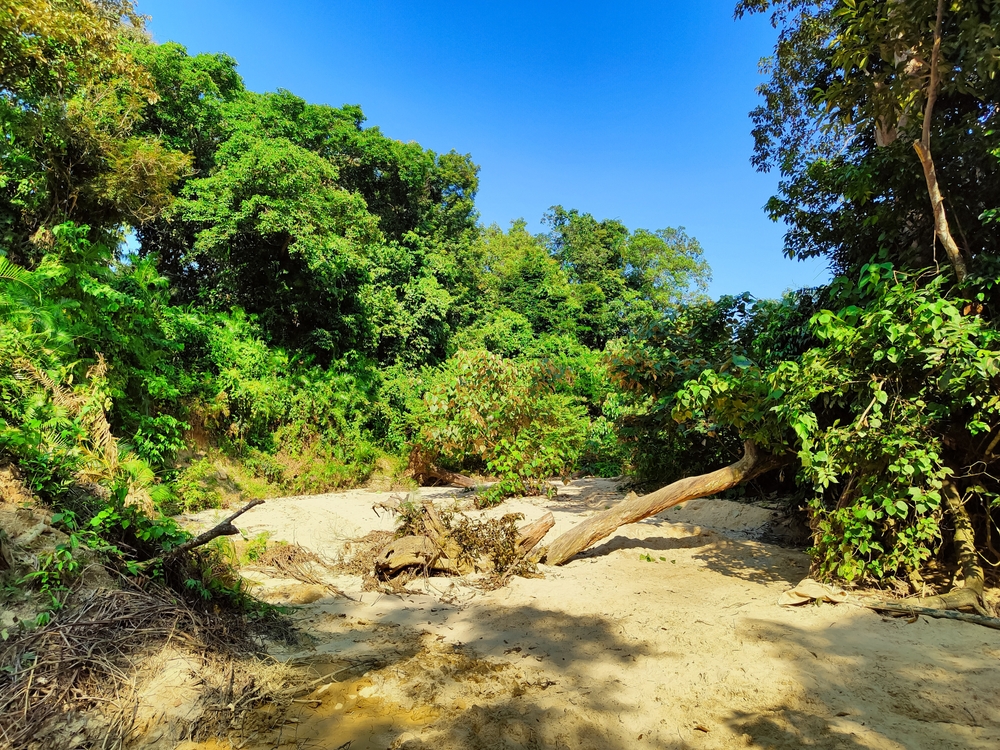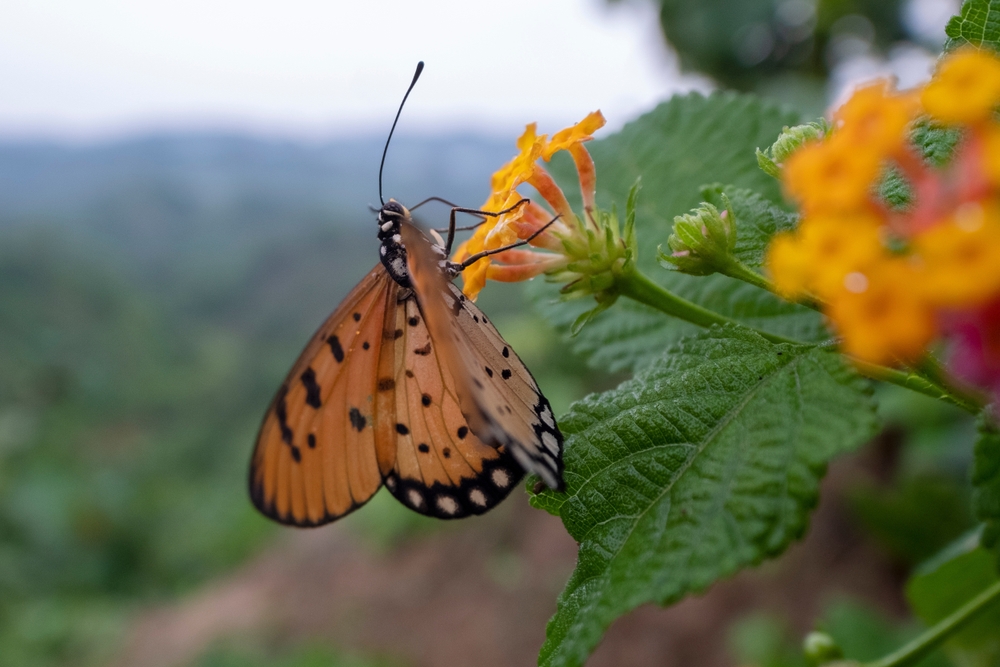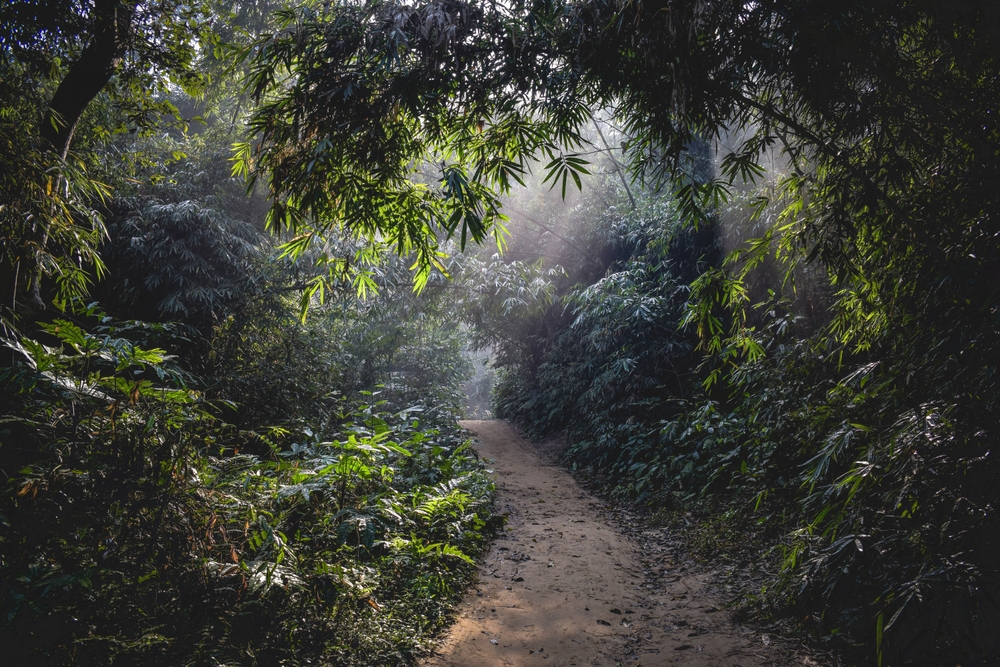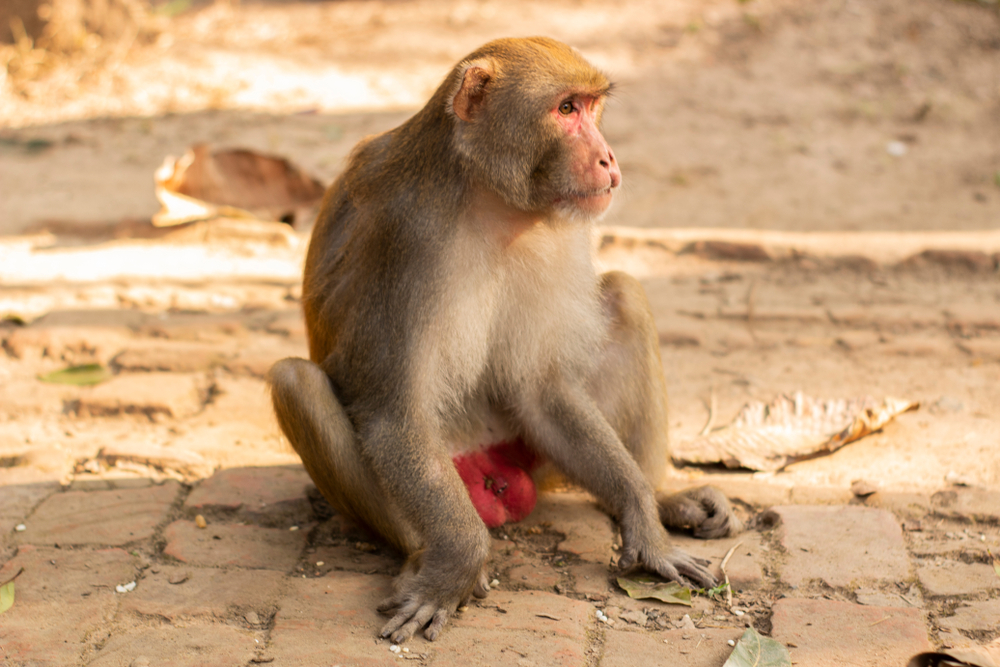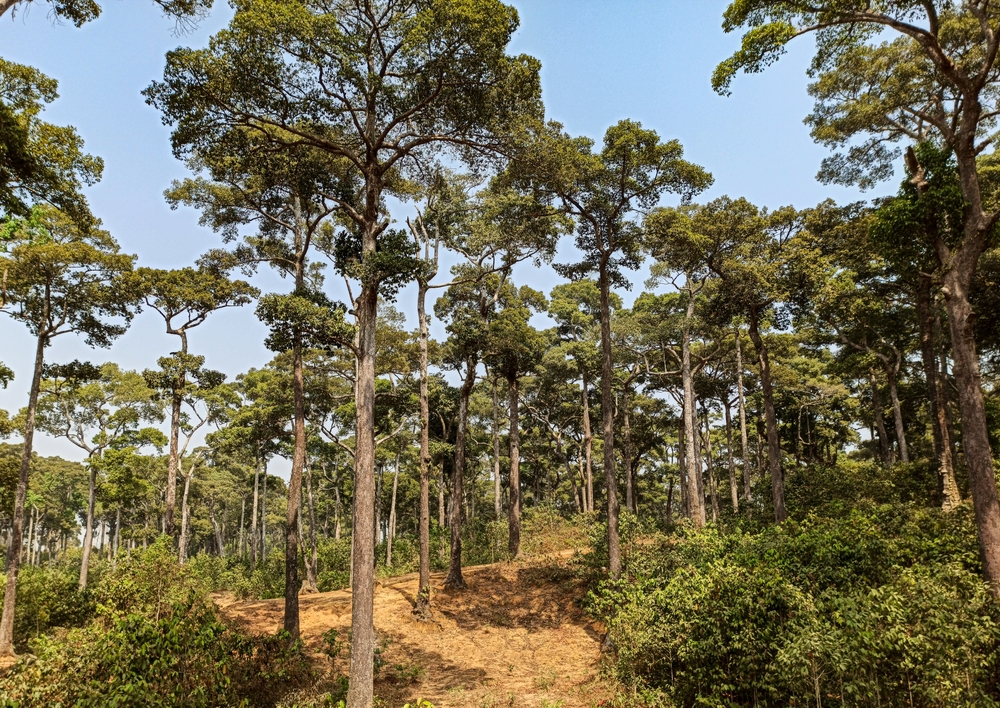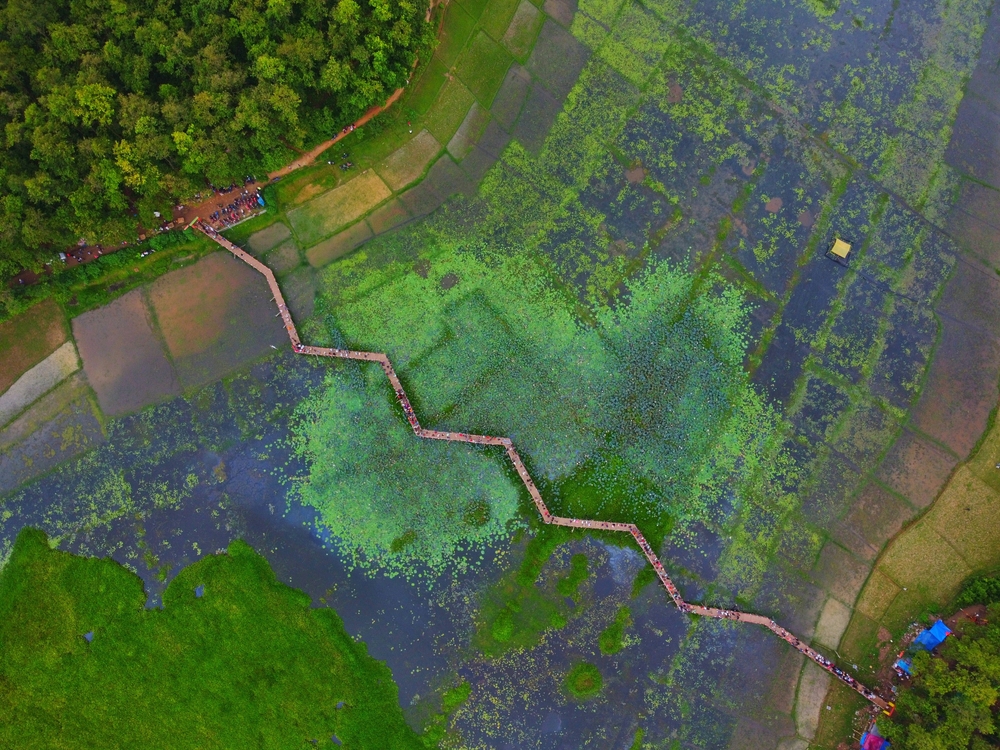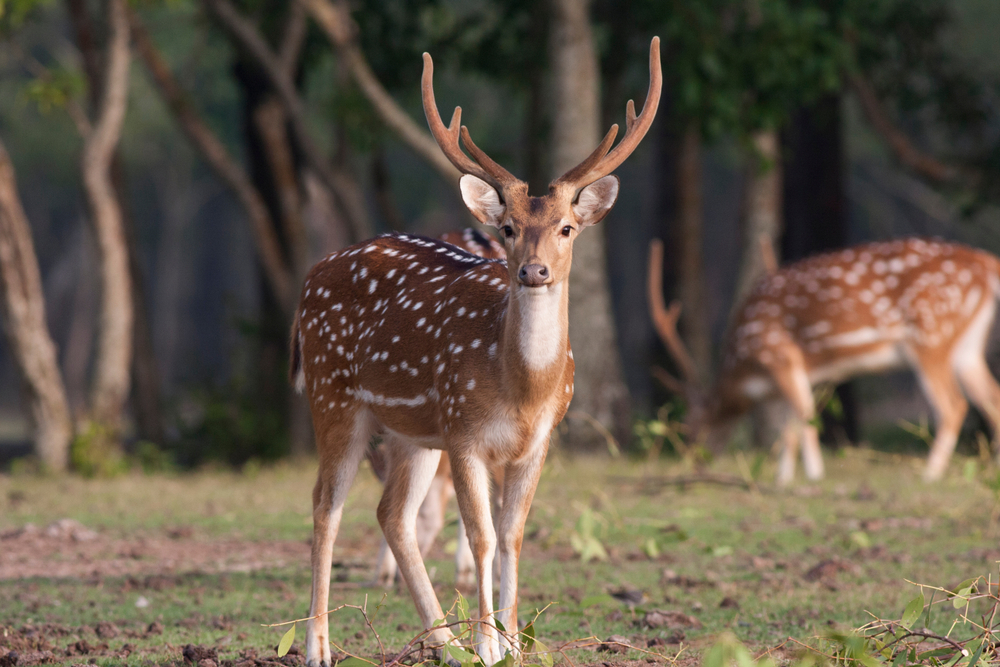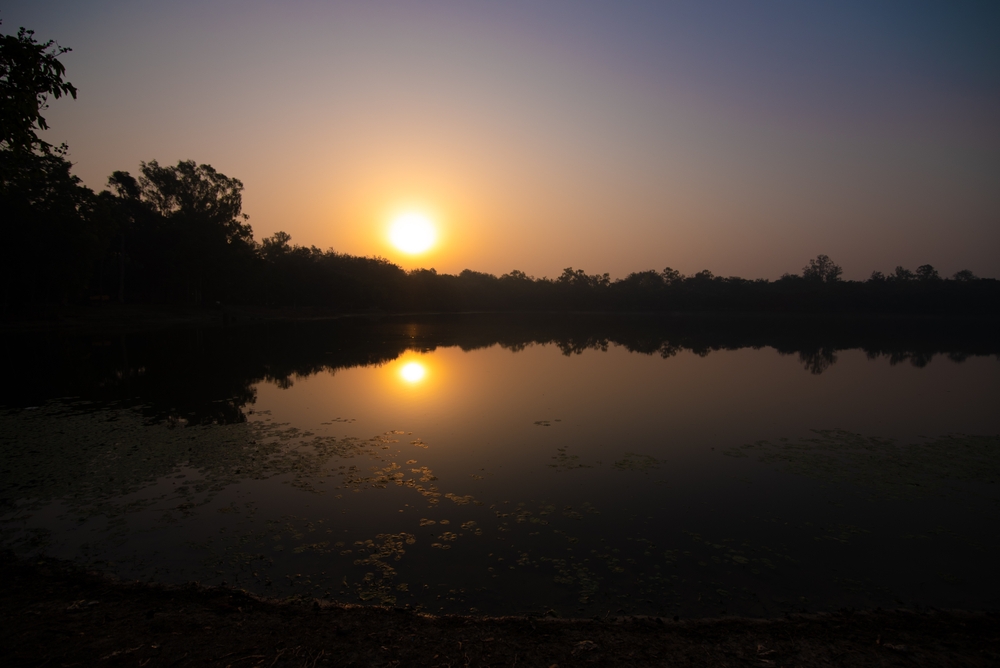Satchari Overview
Satchari National Park, located in the Sylhet region of Bangladesh, is a lush sanctuary of natural beauty. Its name, “Satchari,” translates to “Seven Streams,” inspired by the park’s seven small flowing streams, which add to its serene landscape. Covering an area of approximately 0.34 square miles (0.90 square kilometers), this relatively small but ecologically rich park offers a dense tropical evergreen and semi-evergreen forest. Its terrain is primarily undulating, with rolling hills and valleys blanketed in lush greenery, making it a haven for nature enthusiasts and wildlife lovers alike.
The park is home to a remarkable variety of flora and fauna. The vegetation includes towering sal trees (Shorea robusta), along with other indigenous plant species that form a dense canopy. Bamboo groves and creeping vines add to the forest’s layered structure, creating a thriving ecosystem. Wildlife is one of the park’s key attractions, with species such as capped langurs, hoolock gibbons, and Asian black bears among the mammals that roam the forest. Birdwatchers can delight in spotting rare avian species, including the white-rumped vulture, Oriental pied hornbill, and various woodpeckers. Reptiles and amphibians, such as pythons and tree frogs, also inhabit the area, contributing to the park’s biodiversity.
Visitors to Satchari National Park can engage in various activities, including guided nature walks and birdwatching. The park’s well-maintained trails meander through dense forest and alongside streams, providing opportunities to explore its natural beauty up close. Camping is an option for those looking to immerse themselves further in the serene wilderness. The park also serves as a prime location for eco-tourism and educational trips, emphasizing the importance of conservation and biodiversity.
Despite its charm, Satchari National Park faces several challenges. Human encroachment, illegal logging, and poaching threaten its delicate ecosystem. Conservation efforts are underway to mitigate these threats, with initiatives aimed at protecting wildlife habitats, raising awareness among local communities, and promoting sustainable tourism practices. Collaborative efforts between governmental and non-governmental organizations have been pivotal in preserving this natural treasure.
In summary, Satchari National Park is a verdant gem in Bangladesh’s northeastern region, offering a tranquil retreat into nature. Its diverse ecosystem, rich wildlife, and scenic beauty make it a valuable destination for both conservation and recreation. Visitors leave with not just memories of its serene environment but also a deeper appreciation of the importance of preserving such natural habitats.








































































